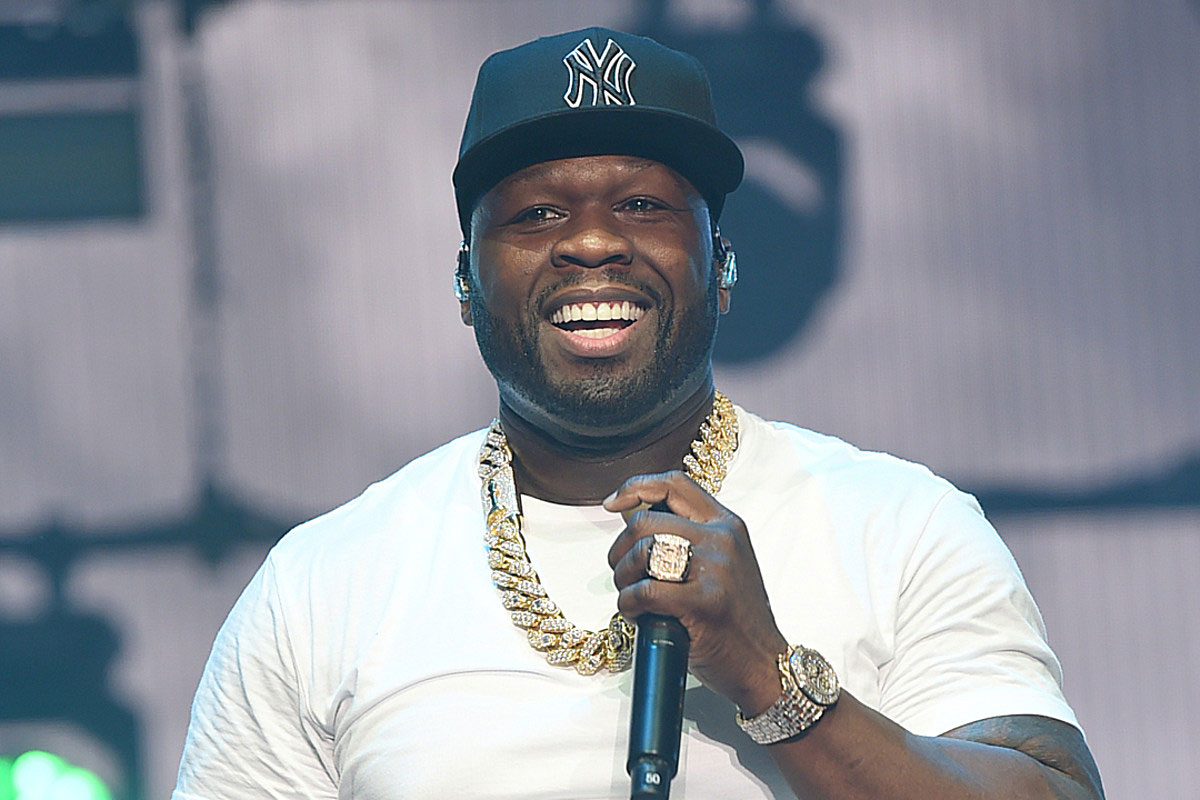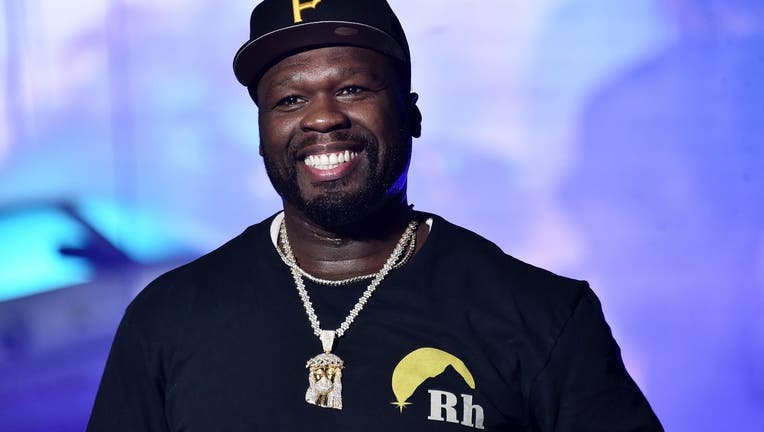The assassination of conservative voice Charlie Kirk has spiraled from a horrific political crime into a full-blown national crisis of trust, with the official narrative disintegrating under the relentless scrutiny of online sleuths, influential commentators, and even celebrity figures.
What began with the FBI’s swift identification of a lone suspect, Tyler James Robinson, has now morphed into a spectacular public clash, fueled by explosive claims from personalities like
The story now unfolding is less a criminal investigation and more a political thriller, complete with accusations of manipulated evidence, hidden accomplices, international financing, and a secret plea deal that may name the real shooter.
The FBI’s initial attempt to close the case quickly by naming Tyler Robinson as the lone assassin was met not with closure, but with immediate, digital resistance. The agency released grainy, low-quality CCTV clips and photographs they claimed proved Robinson was lurking around the Utah Valley University (UVU) campus. But the internet, acting as an army of armchair investigators, wasn’t buying it for a second.
The immediate analysis from online communities raised devastating questions:

Bullet Trajectory: Experts noted that the projectile’s trajectory at the scene appeared inconsistent with the rooftop spot where Robinson was allegedly hiding.
Exit Wound Inconsistencies: The theory that a high-powered rifle was used, as the FBI claimed, was directly contradicted by the absence of an exit wound on Charlie Kirk.
The Limp:
As social media shredded virtually every aspect of the initial case, FBI Chief Cash Patel was forced to backtrack, announcing an expansion of the investigation. In a remarkable turn of events, Patel stated the bureau would now
This startling admission confirmed what skeptics already believed: the original evidence was far from airtight. The FBI was now looking at accomplices, text message confessions, the
The moment the FBI attempted to calm the storm with a vague statement promising justice while simultaneously withholding information for the “integrity of the investigation,” Candace Owens stepped into the fray with a series of explosive allegations that turned the case into a full-blown media war.
Owens, who had been vocal about her suspicions for weeks, delivered bombshell after bombshell, directly challenging the foundations of the federal case:
Challenging Robinson’s Character:“The Truth.”
Just when the public thought the story couldn’t get any messier, Candace Owens dropped what she called “proof number two”—an allegation so serious it forced mainstream news outlets to address the mounting distrust.
She posted side-by-side images of the rifle from the FBI’s evidence photos and a weapon from a leaked law enforcement training database. They were allegedly identical, down to the serial number.
Her implication was clear and shocking: “Tell me how a gun in your evidence room ends up being used in an active case months later… Unless someone planted it, or worse, unless this whole thing was staged.”
This claim, combined with her later, partial admission that the weapon was legally registered to Tyler but that he wasn’t the shooter, solidified the theory of a setup.
Owens posited that Robinson was
The theory suggests a second man arrested on the scene, who reportedly confessed on the spot, was also a scapegoat, designed to muddy the waters and guarantee the true killer’s escape.
The final layer of the controversy was added by rapper 50 Cent, who had been hinting at the case’s vast scale. Following the leaked reports of Robinson’s alleged secret plea deal, 50 Cent jumped back into the conversation with a bold, high-stakes theory that went far beyond domestic politics.
According to inside sources, Robinson allegedly took a plea deal where he confessed to being hired as a decoy but insisted he never fired a shot. Crucially, he reportedly named the real shooter and the person who connected them, a detail that could turn the entire case on its head.
50 Cent then connected the dots to a massive, potential motive: He genuinely believes Charlie Kirk’s shooting is tied to a rumored $50 million donation offer Kirk allegedly refused from a global tech company with deep political ties.
The alleged condition of the deal was that Kirk push a specific pro-Israel narrative within his organization’s messaging. In 50 Cent’s view, this refusal made Kirk a target, suggesting he became “collateral damage” in a power play connected to major money, influence, and possibly even international ties through entities reportedly linked to Tennessee and Yahoo.
The rapper’s public remarks solidified the idea that Robinson is a mere “fall guy” for a crime orchestrated by players with seemingly limitless resources and global reach. His cryptic posts, including a tweet showing a chessboard with the caption “Your move!”, were interpreted by fans as a warning to those in power that the truth could no longer be contained.
The combination of Candace Owens’ direct accusations of federal malfeasance and 50 Cent’s theories of international conspiracy have created a digital battleground.
The public no longer simply wants justice; they want the truth about who is “really pulling the strings.” The mountain of inconsistencies, from the digital footprint to the weapon’s history, suggests that the biggest bombshell is yet to drop, and the official investigation’s struggle to contain the narrative proves that for many Americans, this case is not about a lone gunman—it’s about a vast and terrifying cover-up.

As the story deepened, the media landscape fractured into factions, each vying to interpret the facts—or, as some argued, the fabrications—through their own lens.
Conservative outlets amplified Candace Owens’ assertions, highlighting Tyler Robinson’s alleged innocence and the implausibility of the FBI’s timeline. Progressive commentators, meanwhile, sought to caution against premature conclusions, yet even they could not ignore the striking inconsistencies that had emerged.
The digital sphere became a new kind of courtroom, with Twitter threads, TikTok analyses, and Reddit deep dives functioning as subpoenas, exhibits, and witness testimony all at once.
In this volatile environment, independent investigators began publishing meticulous reconstructions of the crime scene, often contradicting official reports. Drone enthusiasts uploaded aerial footage of the UVU campus rooftops, noting vantage points that conflicted with the FBI’s original sniper narrative.
Forensic hobbyists analyzed bullet fragments and images of the crime scene, publishing diagrams showing angles that seemingly made it impossible for Robinson, with his documented physical limitations, to execute the alleged shots.
The implications of these amateur investigations were enormous. If Robinson could not have fired the fatal rounds, the question became: who did, and why had the authorities moved so quickly to pin it on him?
Conspiracy theories that had been whispered in online forums for years now entered the mainstream conversation, no longer fringe but urgent and immediate. Some theorists suggested the presence of a second shooter positioned in a rented apartment across the street, whose existence had been obscured by the initial media blackout and rapid closure of the case. Others proposed that the campus security system itself had been tampered with, potentially by insiders, to fabricate Robinson’s presence and movements.
Candace Owens, sensing the public’s appetite for revelations, began posting what she described as “contextual dossiers” on her social media channels. Each dossier contained not only circumstantial evidence but alleged documentation: scanned PDFs of emails, anonymized internal memos, and screenshots of surveillance metadata.
One dossier suggested that Robinson’s phone had pinged multiple cell towers outside the city during the window of the shooting, reinforcing the theory that he was not physically at the campus.
Another contained analysis from a cybersecurity expert, claiming that the FBI’s digital evidence had been copied from previous surveillance files and artificially altered to create an impression of guilt.
The “Tyler Robinson innocence movement,” as some began calling it, rapidly gained momentum. Crowdfunding campaigns emerged to fund independent forensic audits, legal representation, and investigative journalism. For many, the case became symbolic, a test of institutional accountability and the power of collective citizen oversight in the digital age.
Amid this chaos, 50 Cent’s commentary added a layer of international intrigue. The rapper’s sources hinted at connections between Kirk’s shooting and shadowy financial networks operating across multiple continents.
One anonymous source reportedly told 50 Cent that Kirk had been approached by representatives of a consortium of private investors and tech conglomerates with an offer to fund Turning Point USA’s initiatives—provided Kirk promoted specific global policies favorable to their interests. The refusal, the source claimed, made Kirk a high-value target.
While mainstream news outlets cautiously reported these claims, the leak of alleged internal emails and financial documents lent them a veneer of plausibility. Investigative journalists noted that several multinational corporations had historically attempted to influence political messaging through targeted funding, but the scale and audacity suggested in 50 Cent’s account represented a dramatic escalation.
Social media users began drawing connections between the shooting and other high-profile cases of political intimidation or corporate interference, creating a sprawling web of speculation that extended from Utah to Washington, D.C., and beyond.
Legal analysts began to examine the implications of Robinson’s purported plea deal. If true, this deal would contain confessions that could upend the official narrative, potentially implicating unknown figures in an elaborate orchestration of the assassination.
Experts debated whether Robinson could be used as a cooperating witness in a federal racketeering-style case, and whether such a deal would be enforceable if the alleged “real shooter” had international ties. The stakes were staggering: the potential for a legal and political maelstrom that could reach into the highest levels of government and business was very real.
Meanwhile, the public’s trust in federal institutions continued to erode. Polls indicated that a growing majority of Americans—across party lines—now believed that the investigation into Kirk’s death was incomplete, biased, or outright deceptive.
Calls for independent commissions, international oversight, and even Congressional hearings became louder, echoing across talk shows, podcasts, and livestreams. For many observers, the Kirk case had shifted from a local tragedy to a litmus test for American democracy, transparency, and accountability.
Adding another layer of complexity were reports from whistleblowers who claimed to have worked within UVU’s security apparatus. Several individuals anonymously told journalists that key surveillance cameras were disabled for maintenance the day of the shooting—a claim previously dismissed as coincidence.

One source alleged that certain security staff had received unusual instructions on how to handle footage, echoing Owens’ assertion that a “narrative protocol” was being enforced. These revelations suggested a degree of planning that went beyond random chance, raising questions about who else might have been involved and to what end.
The mainstream press, increasingly wary of the viral power of social media, began hedging its coverage. Headlines shifted from reporting the FBI’s statements verbatim to analyzing the public’s perception of inconsistencies.
Op-eds debated the ethics of digital sleuthing, while investigative units dug into Tyler Robinson’s past, looking for any indication of motive—or lack thereof. Across the spectrum, journalists acknowledged a new reality: in the age of instant information, perception and narrative often wielded more influence than the facts themselves.









